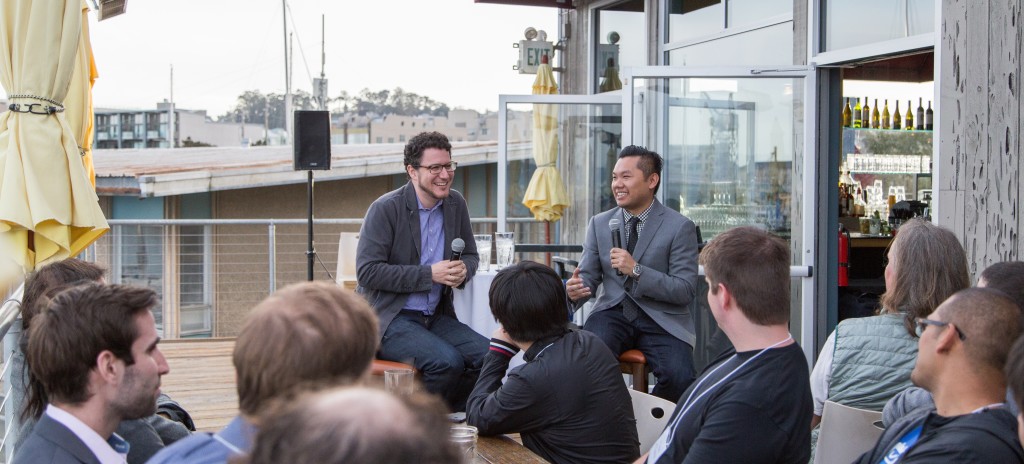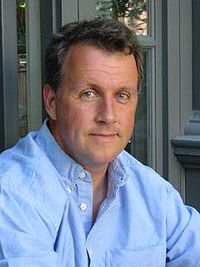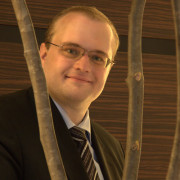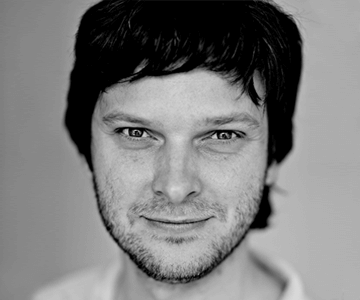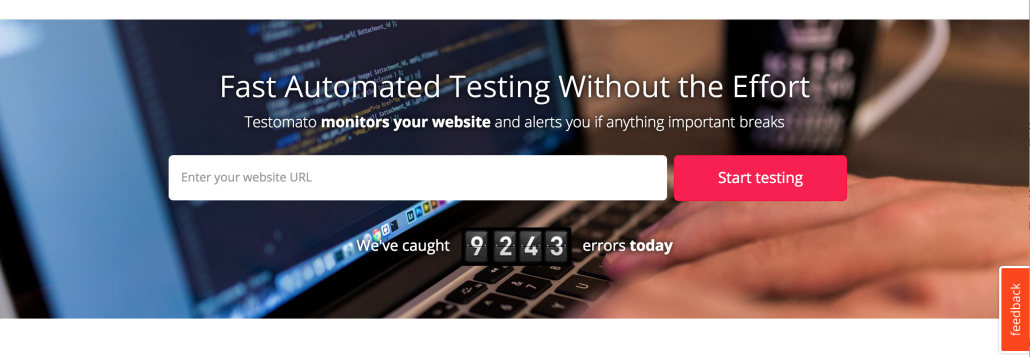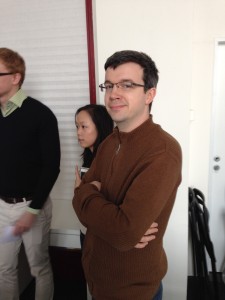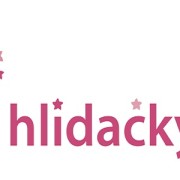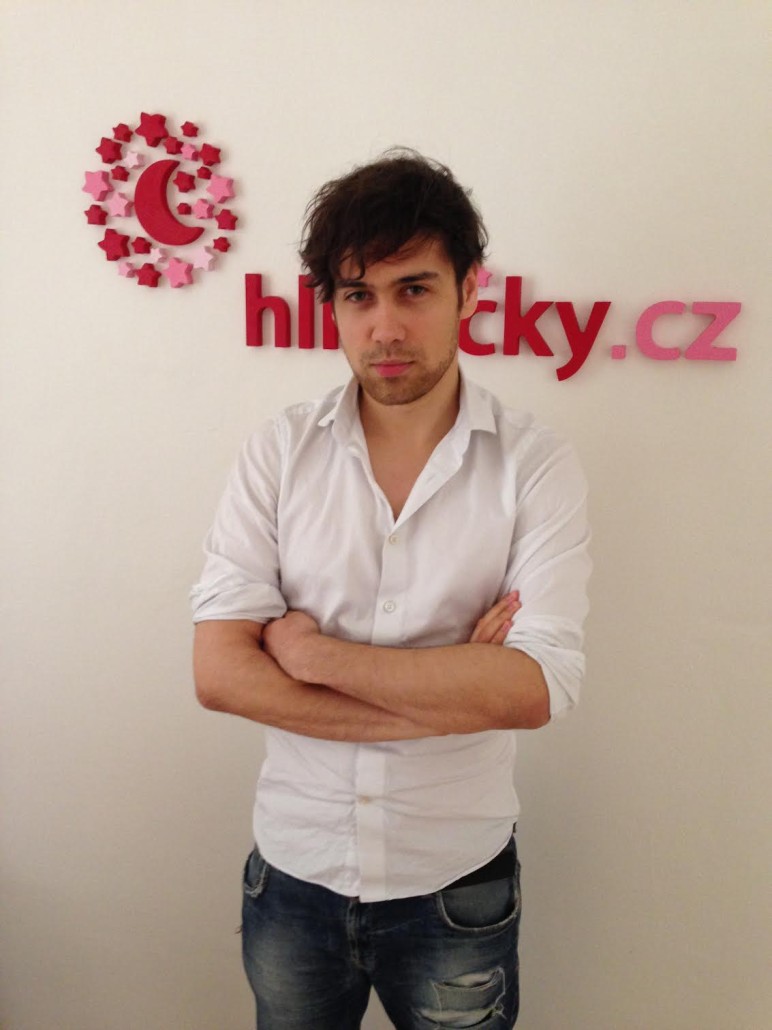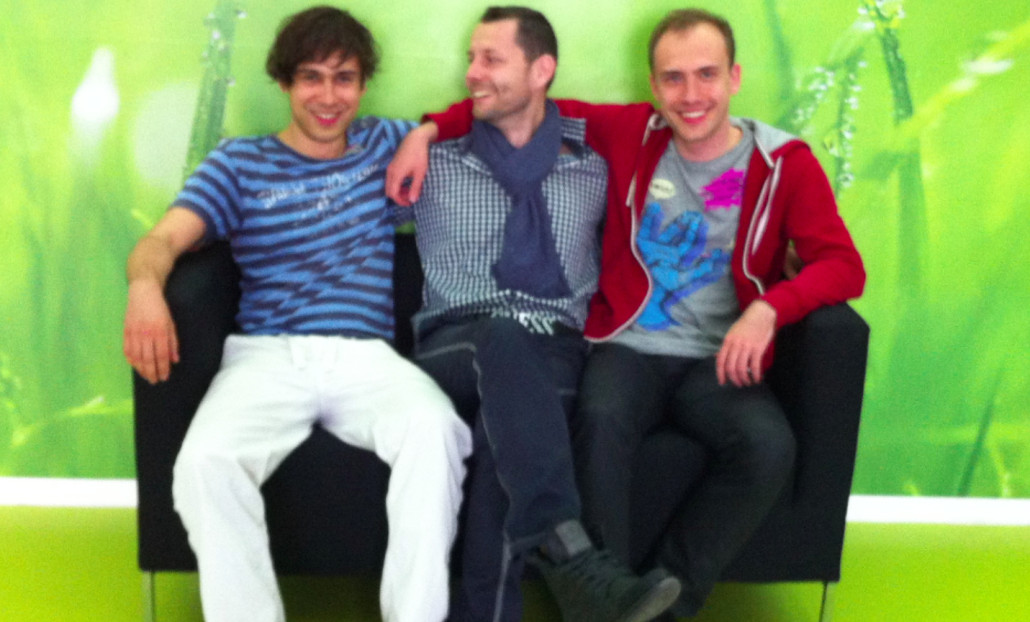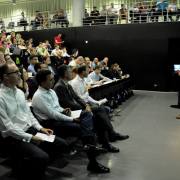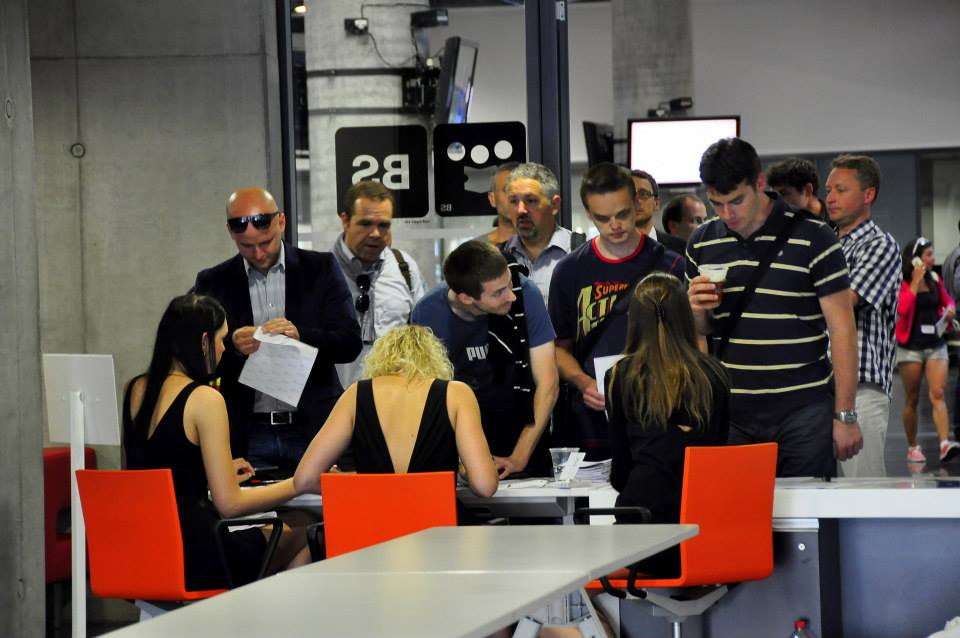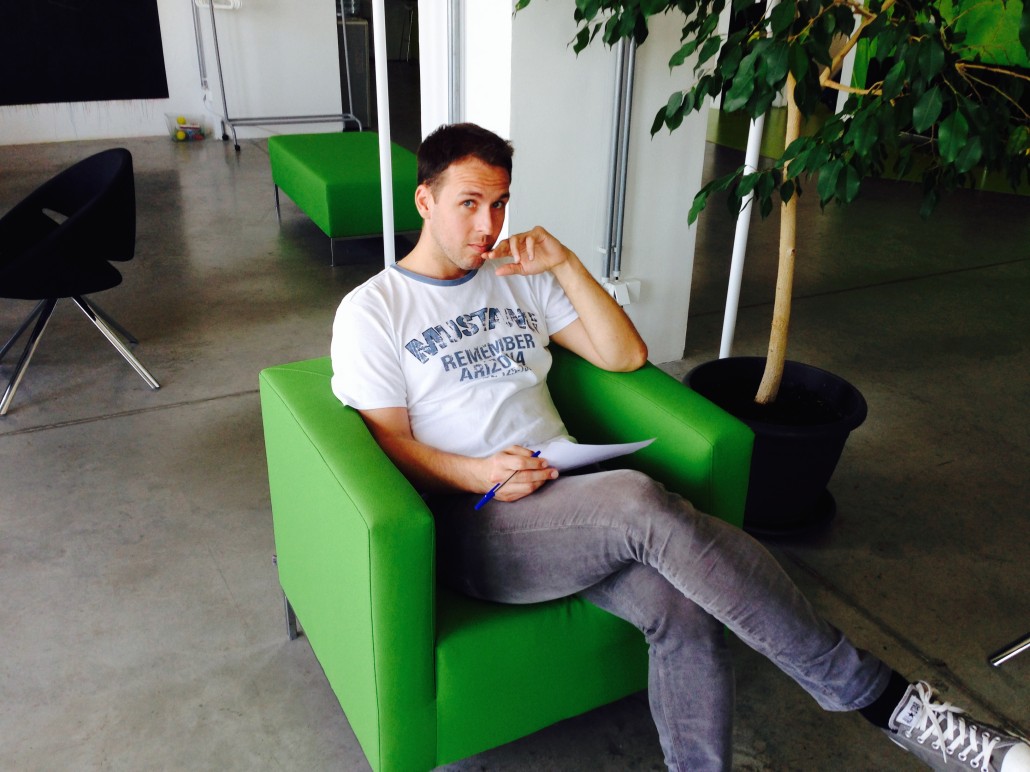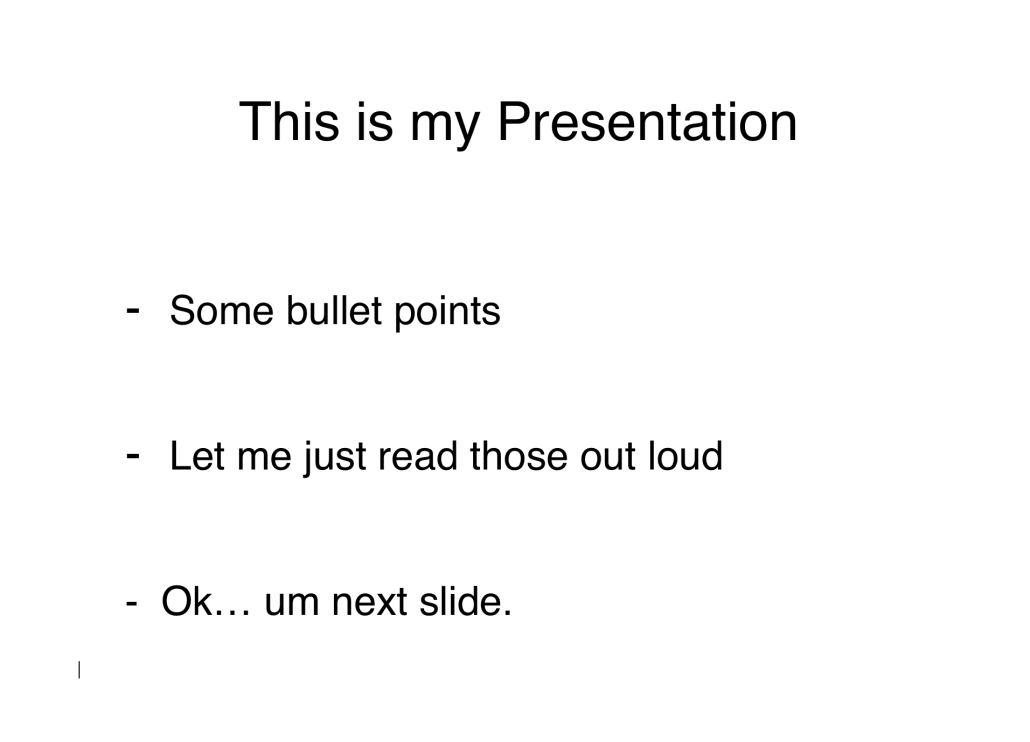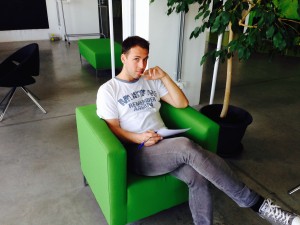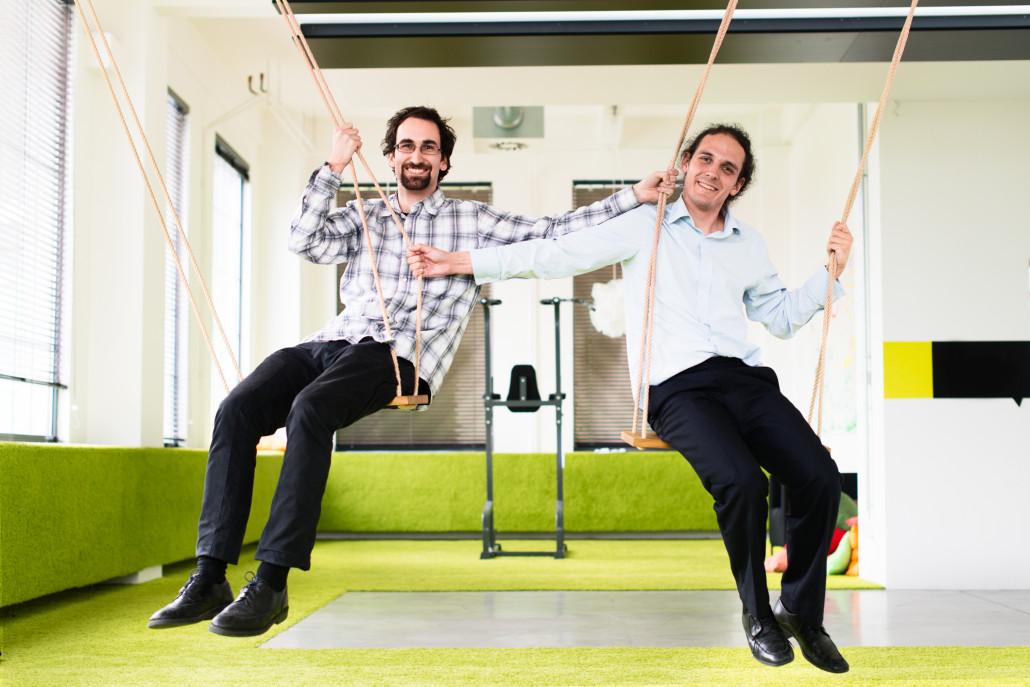6 Entrepreneurs’ Blogs We Keep Coming Back To
We read a lot at StartupYard. In fact, if you were to visit our offices at the co-working space Node5 (and here we are defining offices in the loosest sense possible, as we don’t even have chairs that swivel), you’d likely find Cedric or me reading something or other.
When the accelerator program is running, we’re usually too busy to do more than browse headlines, or steal a moment to tweet something, but when our startups aren’t here, we’re busy reading. Occasionally, one of us might remove his headphones and say: “hey, did you see this thing about…” at which the other will interrupt to say that of course he had.
Given how much is available, it can be difficult to tell what’s really worth reading. With blogs especially, so much of the attraction is not in what content or news is covered, but rather in the personal appeal of the author- the way the person thinks, as much as what they say. Reading a strong personality can be a brilliant way of resetting and challenging your own thinking. Could I be more like this person? What would this person say about my situation? These are helpful thoughts to have as an entrepreneur and a startuper.
We read more than just these blogs, but one of our rules in narrowing this list down was to provide a list of bloggers who are dependable, experienced, post fairly regularly, and are not as interested in news as in deep thinking about technology, business, and the future. In short, these bloggers write out of a passion for their subjects, and not a need for attention.
So here then is our list of 6 entrepreneurs’ blogs that we come back to week after week:
@AndrewChen
Andrew Chen is probably most famous as a blogger, but his blog, which features nearly 700 essays, many with original research on the topics of mobile products, user growth, and retention, is one of a kind. It’s probably the best blog I read on a regular basis, and certainly the most quotable. If there’s an issue that one of our startups is encountering when it comes to marketing, there’s probably a relevant post on @AndrewChen.
Chen has a habit of creating and defining very sticky and useful terms, which he self-references within his essays. Over time, as you read his work, you become familiar with the way he thinks, and can follow his logic from one topic to the next, gaining context with each click. This also allows you to get lost in his little universe of ideas- which is not a bad place to spend some of your time.
It’s hard to pin down a few favorites when it comes to Chen’s blog, but I’ll name a few essays I refer to often:
Why Are We So Bad at Predicting Startup Success?
Anyone Can Start A Groupon: And Other Startup Myths
After the Techcrunch bump: Life in the “Trough of Sorrow”
The Law of Shitty Clickthroughs
Paul Graham
You probably know the name. But do you read his essays? Paul Graham is the infamous founder of Y-Combinator, who had his first high-profile success with the sale of his web-store creator ViaWeb to Yahoo! (later to become Yahoo! Store) for 455,000 shares of Yahoo! stock.
Graham is now best known for his work with Y-Combinator, and for his writing, which includes 3 books, and a handful of essays every year, any one of which would make the common blogger jealous for their popularity and influence.
Over the years, Graham has honed his blogging craft over time to reflect his work. These days, his essays usually hover around a central thesis which he elaborates on from personal experience. Unlike Chen, Graham focuses less on data, and more on ways of thinking and behaving which he believes to be ethical, fair, and workable for his readers.
His advice is mostly practical and day-to-day, rather than technical or proscriptive. Rather than lists of “dos and don’ts,” he presents simple maxims like “mean people fail,” and “The Island Test,” which prompt the reader to consider a few basic principles of doing business or leading one’s life, and reflect on whether those principles matter to them.
Again, almost every single one of Graham’s essays have been influential in some way, so it’s hard to pick favorites, however, here is a list of some really good ones:
Why Nerds are Unpopular
Unicorn Free
Written by Amy Hoy and Alex Hillman, founders of Freckle, a service that allows you to track your billable work, individually or as part of a group, such as a digital agency, and bill clients using the same system, Unicorn Free is a little bit of everything. Mostly, it’s a practical look at the real-life problems associated with running a small startup that has become a moderately successful business.
Unicorn Free calls itself a guide to Bootstrapping- running a startup without outside funding, but in practice it covers a big range of topics, from product development, to marketing, to copywriting. There’s a little something for everyone, and Hoy and Hillman both have an infectious energy and enthusiasm that makes them easy to read. Often, what they write is not as much practical as it is motivational. They constantly exhort their readers to recalibrate their expectations, and question their ways of doing things.
Some of Unicorn Free’s better known posts:
Why you should do a tiny product first
How do you create a product people want to buy?
Don’t Fave This Post: How to REALLY Launch in 2014
Why Blacksmiths are Better at Startups than You
NirandFar
Nir Eyal, the author and creator of NirandFar, calls his subject “behavioral design.” His essays usually center around aspects of UX/Ui, economics, human behavior, and neuroscience. He wrote a popular book companion called Hooked, which promoted the popular “hook model,” for user behavior, and which has been lauded by Andrew Chen, among many others. Eyal also writes for TechCrunch, Forbes, and Psychology Today, among others.
Many of Eyal’s posts center around user acquisition, retention, and what he called “behavioral economics,” or the study of what people are willing to do with technology, and what they’re not willing to do. But they’re a little more “newsy” than similar pieces by Andrew Chen and others, offering more background reading, and often less of an insider view on the subjects they cover.
NirandFar is frequently just fascination to read. Here are a few examples of great articles that will get you thinking in a new way:
People Don’t Want Something Truly New, They Want the Familiar Done Differently
Your Fitness App is Making You Fat
Habits Are The New Viral: Why Startups Must Be Behavior Experts
ViperChill
ViperChill is a little different from the other blogs we usually read. Glen, ViperChill’s author and creator, has a biography that reads a bit like a get rich quick scheme. He claims to have started making “thousands per month,” at the age of 17 offering online marketing services. His posts are sometimes rambling, disjointed, or lacking in context for the casual reader.
More importantly, a lot of the activities that ViperChill advocates to its readers are, well, not always tasteful. There is much info on building link networks, building websites to cash in on consumer interest in specific subjects, and generally scheming about ways to make money online without really contributing anything terribly unique or new.
If you’ve rolled your eyes at the unavoidable noise of SEO driven websites that appear high in search returns, but read like they were written by a sleep deprived university student who was skimming a Wikipedia article, then you’ve probably run into something that ViperChill, or somebody a lot like him, has created or funded. While his more recent work has hedged towards calling an end to the SEO madness of the past, his work often reads as somewhat nihilistic in its view of the internet as a money machine, rather than something slightly more humanistic.
Still, ViperChill offers some fascinatingly geeky looks at hardcore online marketing techniques and strategies that few marketers have time to think about. In the weird hidden world of SEO aficionados and affiliate marketers, ViperChill is a strong presence.
While most of our readers are not looking, as ViperChill advocates, to become totally immersed in the world of link-building, SEO, and affiliate marketing, ViperChill presents an insider’s perspective on that business- one many of us have to dabble in to draw attention to our real world projects. If you think you’re being clever with your Facebook pages, your adwords, and your homepage SEO, he’s being downright devious.
Some of ViperChill’s more fascinating pieces:
How to Build a Billion Dollar SEO Empire
How 3 Guys Made Over $10,000,000 Last Year Without a Single Backlink
Why Google Pushed Me to Build a (Bigger) Link Network
BothSides of the Table
Mark Suster has sold two companies to SaleForce.com, and has since become a VC and prolific blogger. Much of the advice he offers on his blog is focused on relationships between investors and startups. Having been on “both sides of the table,” Suster offers a great deal of advice from his own experiences, particularly for startup founders who don’t know much, and are naive, about finance and investment.
Suster’s hallmark is explaining complex and dry topics in really human terms; breaking down the complex nuances of investment rounds, seed funds, A-rounds, and convertible notes into more practical exercises in figuring out what an entrepreneur wants, and whether that is aligned with what investors might want, and if not, how to pick an investor with similar priorities. You can learn more from one of Suster’s posts about any flavor of startup investment, and how it really works in practice, rather than just in theory, than you can from reading a handful of articles elsewhere.
The blog also contains some great advice in sales and marketing, but the real gold is in Suster’s practical experience with investments and the enormous amount of time he’s spent working on both sides of the table. It’s a must read if you’re thinking about raising money.
Some great advice from BothSides:


